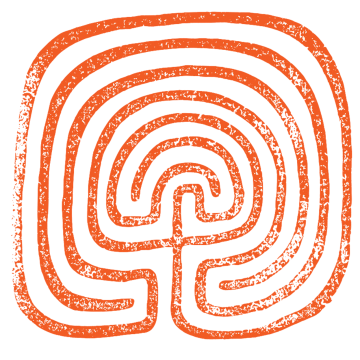Lamentations
Lamentations
Lamentations (2006) for clarinet, harp, bass, and percussion – 20’
–Commissioned by Network for New Music
–Premiered January 2007 with choreography by Group Motion
Program Notes
Lamentations is inspired by the biblical “Lamentations of Jeremiah,” a collection of poems set at the end of the Book of Jeremiah. They are words of both anguish and reflection about the state of the world at the time. The poet looks inside himself and his people, and toward his Lord for both blame and redemption for the collapse of his society and defeat of his people. I owe a “thank you” to the scholars at the University of Sheffield in England for their analysis of the text.
Each movement of the music is a mirror to the five poems of the book. The first movement is called “The Widow of Jerusalem.” As Jerusalem is a metaphor for the idea of nation and country, the author decries the state of the downtrodden city that was once great and questions why so many seem indifferent to its plight. The music begins with alarm that quickly settles into a distant and static music. The clarinet eventually rises out of the distance as a wailing widow mourning the pain and loss of her husband, son, or father.
The second movement takes a more distant look at the situation, as the poet describes the events that led them to this place of failure and collapse. Here he speaks of the false prophets that brought Jerusalem into ruin through arrogance and war by acts of deceit. The music begins moderately, though somewhat unsteadily. It increases continually in speed to become a delirious dance full of aggression and loss of control.
The third movement is from yet another perspective, that of the bound man—the combatant who has been imprisoned and unjustly treated. The author describes a man bearing the burden of heavy chains and restraints, shut out into darkness and tortured. The music reflects this lonely heaviness, moving slowly toward an ending redemption as the poet understands that there still exists compassion in the world for the imprisoned and tortured.
The fourth is closer in sentiment—both textually and musically—to the second movement. Again, the author is looking at the result of the indifference and excesses of his people. The poem opens with “How the gold has grown dim,” and the music continues where the second movement left off, but in reverse and with the “golden” metal sounds of the cymbals and crotales replaced by the hollow dry sounds of woodblock and struck music stand. As the music slows it appears to deteriorate before our ears, as the poet describes in the text a nation of people betrayed by its leaders and standing by watching their country deteriorate before its eyes.
Lamentations ends with a kind of epilogue from the point of view of the orphaned child. The fifth movement draws from the first—another personal perspective of loss, but this time from more hopeful eyes. The music repeats from the first movement, but ends on a question of redemption, wondering if the poet’s god will ever forgive his people for their arrogance and deceit of their leaders.
The connections of this text to our world today is clear—it was almost startling for me to read these ancient words after many years.
Press
“Artistic collaborations create a powerful and unique synergy. But the process requires not only intense artistic vision, but the willingness to be adaptable.
A perfect example of that collaboration occurred last Sunday evening, as the Network for New Music and Group Motion Dance Theater rehearsed two works for the first time. Commissioned composer David Ludwig saw his new piece, Lamentations, expressed by 10 dancers, who were finally hearing his music live… ” –Philadelphia Daily News


